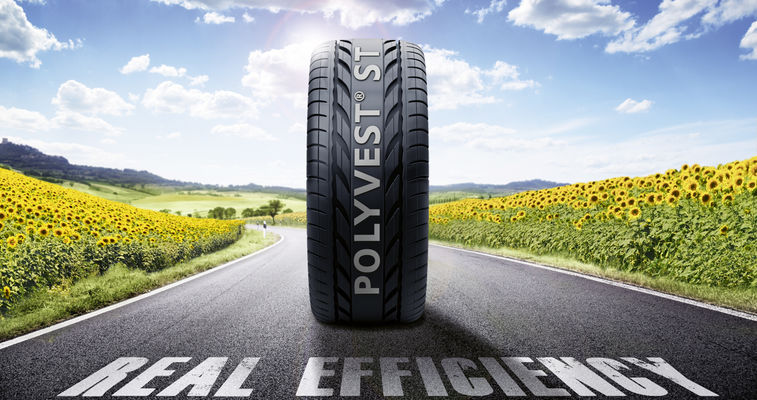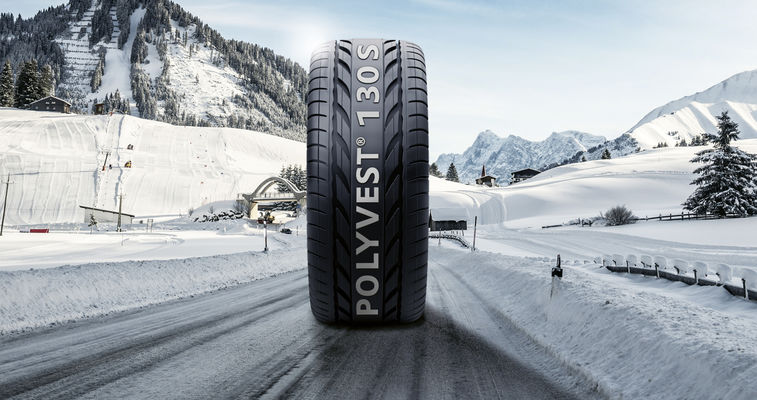POLYVEST® ST Silane Terminated Liquid Rubber

Liquid polymeric silane coupling agent for silica-reinforced tire tread compounds.
POLYVEST® ST is a new generation of silane-modified liquid rubber additives. It combines the advantages of liquid rubbers and functional silanes. Its silane functionalities allow the surface modification of hydrophilic silica fillers and therefore improve the dispersibility of silica in rubber compounds. Due to its rubber-based nature POLYVEST® ST exhibits a natural fit and excellent compatibility to rubber matrix of tire compounds.
During the vulcanization process it incorporates chemically, which exhibits a reinforcement of the rubber matrix and efficiently prevents migration and bleeding out. POLYVEST® ST enables to improve the overall performance of silica-reinforced tire tread compounds in combination with sulfur silanes like Si 69® or Si 266®. Its application allows to significantly reducing the rolling resistance, which has been indicated by reduced PAYNE effect and tan delta at 60 °C in GREEN Tire and truck tire treads compounds.
POLYVEST® ST is available in three different grades with varying degree of silanization which allows to optimize the silane/rubber ratio depending on the individual performance needs.
Key features and benefits
• Reduced compound viscosity
• No migration and bleeding out
• Improved micro-dispersion of silica
• Reduced tan δ at 60°C
• Reduced Payne effect
POLYVEST® 130 S Unmodified Liquid Rubber

Liquid Polybutadiene as partial oil replacement for tire tread compounds.
POLYVEST® 130 S is liquid rubber designed for the needs of the tire and rubber industry. It exhibits an excellent compatibility with different rubbers and allows the complete or partial replacement of oil while keeping the compound viscosity low.
POLYVEST® 130 S is reactively incorporated during the vulcanization process, which prevents migration and bleeding out.
POLYVEST® MA 75 and POLYVEST® EP MA 120 are maleic anhydride functionalized grades, and will improve the adhesion to metal surfaces.
Key features and benefits
• Low glass transition temperature (-100°C) and low product viscosity
• Reduced compound viscosity
• No bleeding out and migration and therefore reduces hardness changes over time
• Excellent grip and breaking performance on ice and snow and at same time on wet and dry roads
• Increased wear resistance